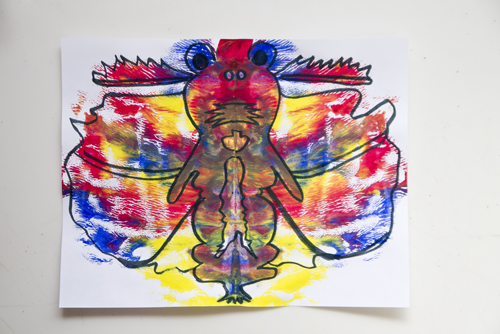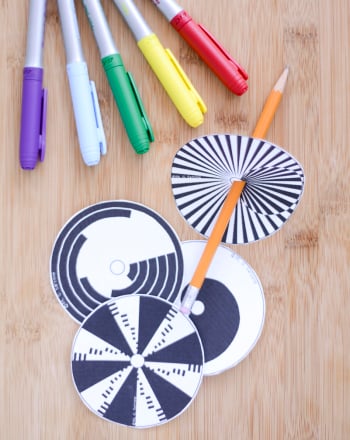Science project
Color and Emotion Perception
Grade Level: 5th - 9th; Type: Psychology
Objective:
To find out whether people think a person feels a certain way based on the color of their shirt.
The purpose of this experiment is to find out whether there is a connection to the color a person wears and the way their emotional state is perceived by others.
Research Questions:
- In what ways do colors affect a person’s emotional state?
- How accurately can people differentiate between the six universal expressions?
Human beings are good at reading facial cues to determine a person’s emotional state. Though the expression of some of these emotions varies from culture to culture, there are a few expressions that seem to be universal. These emotions are happiness, sadness, fear, disgust, anger and surprise. It seems that all human beings express these emotions using the same set of facial muscles. Though these emotions can be read with considerable accuracy, our perceptions are influenced by other factors as well. Colors have an effect on a person’s psychological state and this effect may interfere with a person’s ability to correctly read emotions on the faces of others.
Materials:
- A digital camera
- A few friends
- A computer
- Shirts of many different colors
- 20 or more volunteers
If you don’t have plain, colored shirts the thrift store is a good place to pick some up.
Experimental Procedure:
-
Gather together the colored shirts and a digital camera. Try to select shirts that do not have any sort of design on them.
-
Get together with a few friends.
-
Place the camera on a tripod or table and place a chair in front of it.
-
Frame the shot so that the camera takes a picture of a person’s face and upper body when they are sitting in the chair. Zoom in enough that there is not much else in the picture. You may want to hang a white or gray sheet behind the chair to reduce the amount of background distraction.
-
Have your first friend wear one of the shirts.
-
While your friend is sitting in the chair take pictures of them while they express each of the six universal emotions and then no emotion at all. Their expression of the universal emotions should be subtle, not over-the-top. You should have seven pictures at this point.
-
Keep track of the pictures on a list or spreadsheet so that you know what they represent. Each picture in the camera should have a number associated with it. You will need this number later.
-
Have your friend switch into a different shirt and repeat step six.
-
Repeat steps 6-8 for all of your friends and for all of the colors.
-
Load the pictures onto the computer.
-
Randomize the pictures.
-
Gather together some volunteers.
-
Have each volunteer view 50 random pictures.
-
As they view the pictures, they should mark the emotion they believe the person in the picture is displaying and the number of the picture. (Given the number, you will be able to look it up to see if they were right.)
-
“No emotion” is not an option, even though some of the pictures should be emotionless. Force your subjects to make a guess.
-
Re-randomize the pictures after each subject and repeat the experiment.
Terms/Concepts: Color; Emotional state; Universal expressions
References:
Education.com provides the Science Fair Project Ideas for informational purposes only. Education.com does not make any guarantee or representation regarding the Science Fair Project Ideas and is not responsible or liable for any loss or damage, directly or indirectly, caused by your use of such information. By accessing the Science Fair Project Ideas, you waive and renounce any claims against Education.com that arise thereof. In addition, your access to Education.com's website and Science Fair Project Ideas is covered by Education.com's Privacy Policy and site Terms of Use, which include limitations on Education.com's liability.
Warning is hereby given that not all Project Ideas are appropriate for all individuals or in all circumstances. Implementation of any Science Project Idea should be undertaken only in appropriate settings and with appropriate parental or other supervision. Reading and following the safety precautions of all materials used in a project is the sole responsibility of each individual. For further information, consult your state's handbook of Science Safety.













